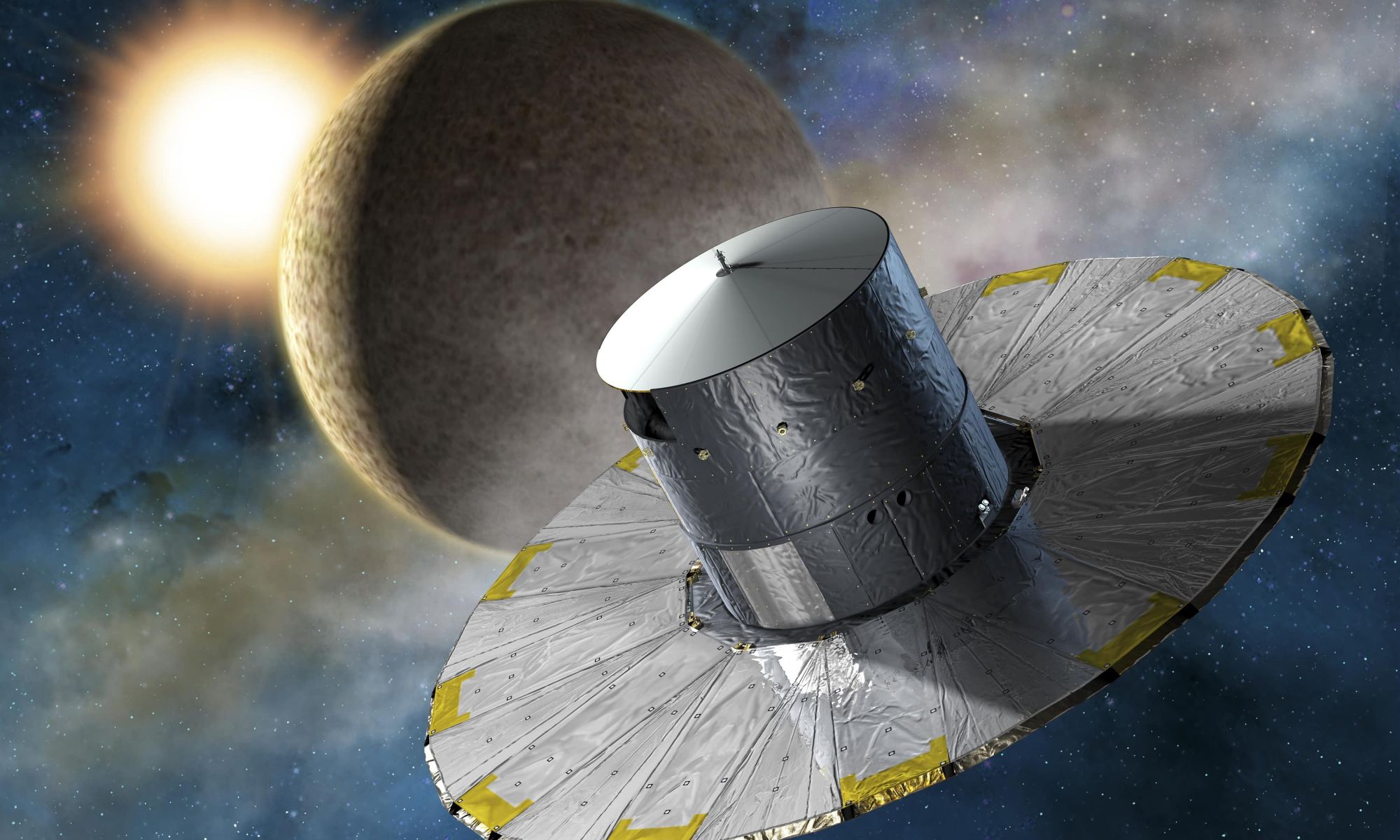Our understanding of the universe, and of the Milky Way, is built on an edifice of individual pieces of knowledge, all related to each other. But each of those pieces is only so accurate. The more accurate we can make one of the pieces of knowledge, the more accurate our understanding of the whole thing is.
The age of stars is one such piece. For years, astronomers have used a method of determining the age of stars that has a 10% to 20% margin of error. Now, a team of scientists from Embry-Riddle Aeronautical University has developed a new technique to determine the age of stars with a margin of error of only 3% to 5%.
Continue reading “A New Technique to Figure Out How Old Stars Are”
